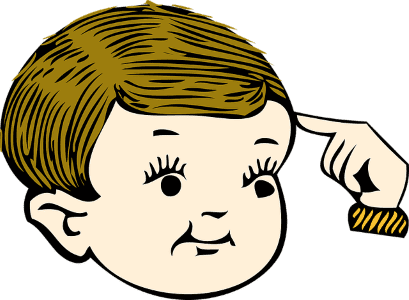Ever wondered how languages are learned? What may seem relatively easy to one person seems difficult to another?
Here’s a brief article on how our brains interpret, learn, and understand a language.
Language is a natural human instinct
Naturally, our first language, also known as ‘mother tongue’ or ‘mother language,’ comes to us relatively easier than a second language or foreign language. As humans, we instinctively pick up the language most commonly spoken in our household during childhood.
While growing up, we learn to communicate with others by forming a keen understanding of the words and rules governing our primary language – which acts as a template for understanding other languages in future.
So, after learning and mastering one (native) language, we can start learning other languages by forming specific relations in the new language to our primary one.
The science behind language learning
Our brains are hard-wired to pick up a primary language – the one we are exposed to the most since birth. This is why you’ll see children typically achieving a higher language proficiency level and a lot sooner too compared to adults, because their brains are more flexible to the rules of language they must process.
Does this sound confusing? It isn’t really – it’s just the brain comprehending language learning at different stages of life. With that said, even though children and younger adults have more ‘flexible’ brains and tend to pick up a language faster, the way adults approach language learning can play a pivotal role in how quickly they are able to learn a new language and retain it.
For example, researchers now understand that adults typically approach the language learning process through adult problem-solving exercises, whereas children don’t associate any rules or logic with language learning and tend to absorb everything you throw at them!
Therefore, adults typically progress through the initial stages of language learning a little faster than children; on the other hand, children find it easier to attain a higher foreign language proficiency than adults.
This shouldn’t deter you though as there are ways to make language learning easy, no matter what your age.
Do flashcards work for language learning?
Try Anki flashcards for language learning
Anki in Japanese means “memorization” and that’s exactly what the Anki flashcard app is. It is a way to help you memorize specific information, in this case, a foreign language.
Interestingly, Anki was not originally created or even marketed as a language learning app. Nevertheless, it is extremely useful for learning new vocabulary and grammar.
It’s a great system for picking up a new language in a natural way:
You review flashcards and choose how “easy” or “hard” it is to recall what was on the given flashcard. Based on this assessment, the spaced repetition system (SRS) algorithm of the app determines which flashcard to review next time.
Do it regularly and it primes your mind to transfer specific information from your short-term memory to your long-term memory. You just have to try it for yourself and see how incredibly useful it can be for picking up a new language.


